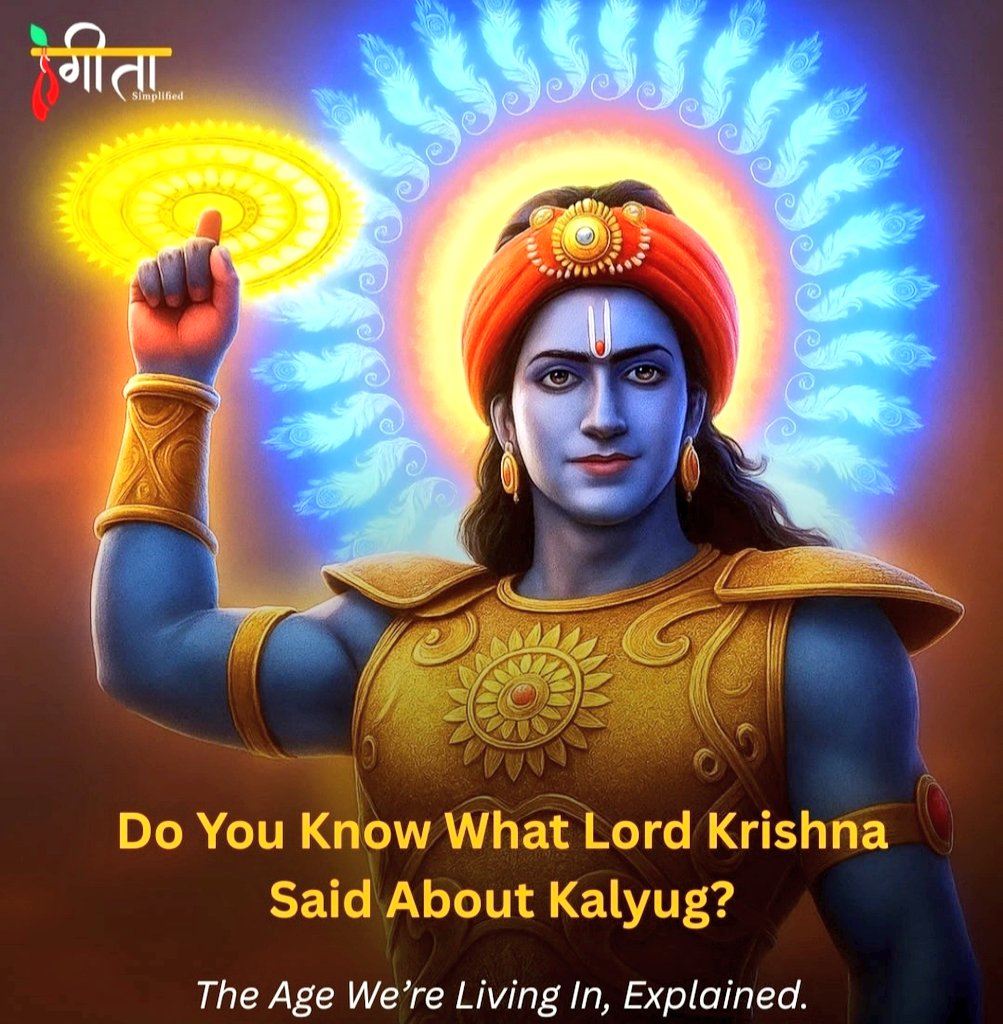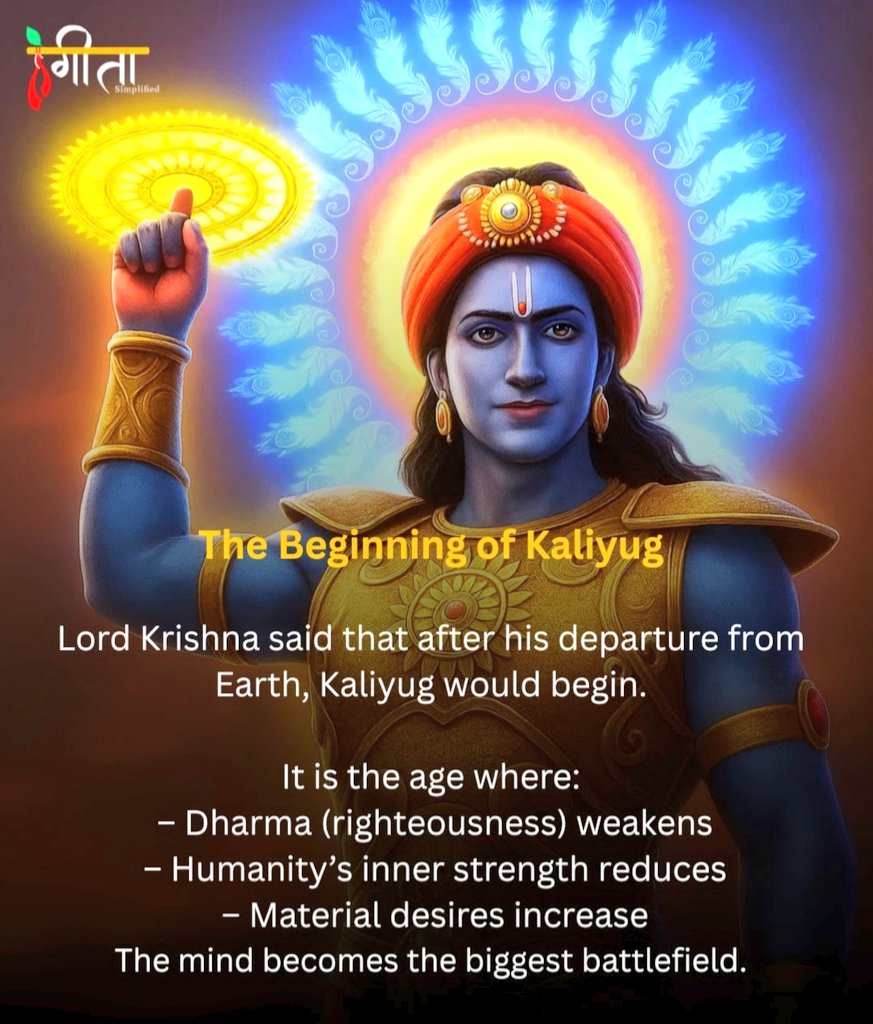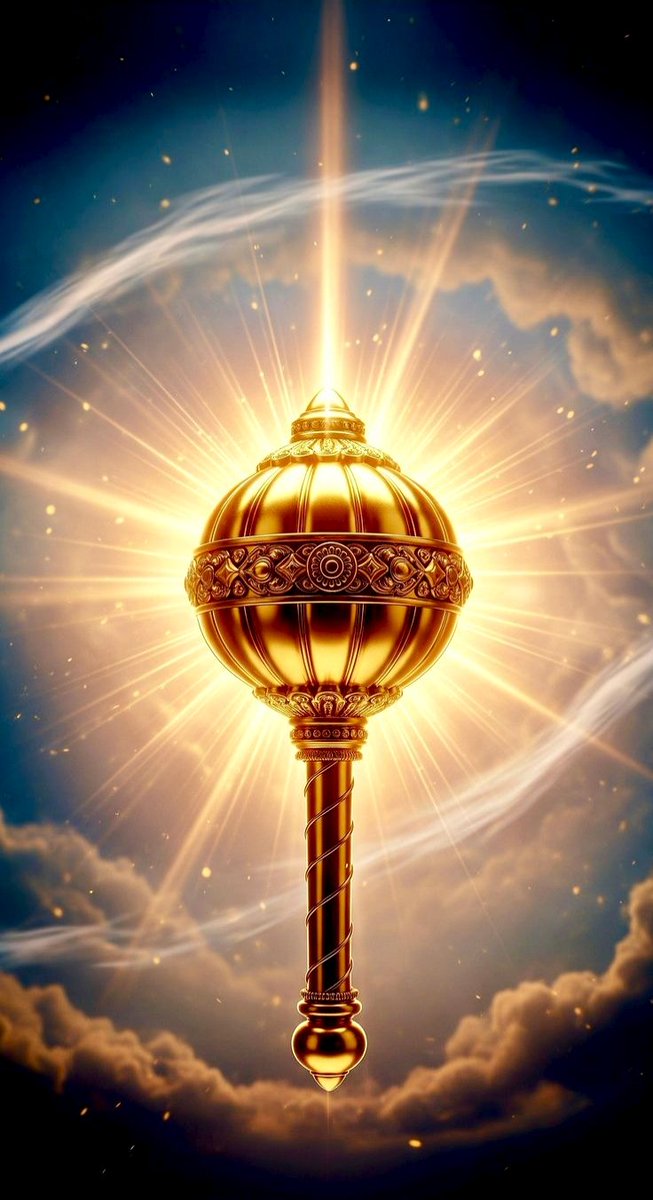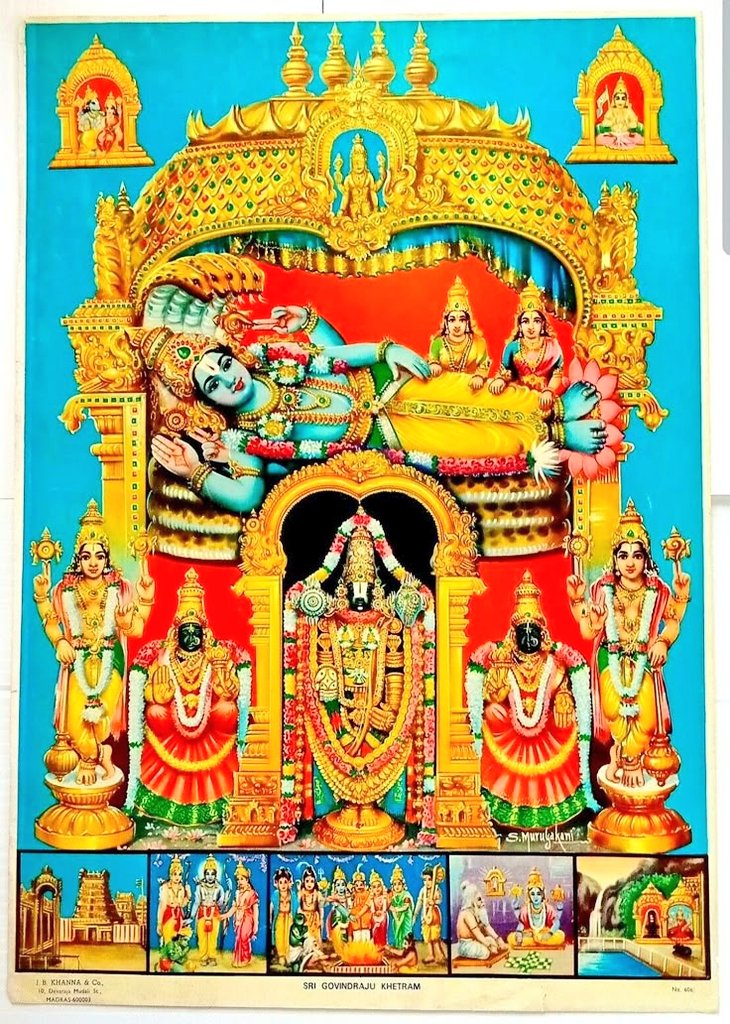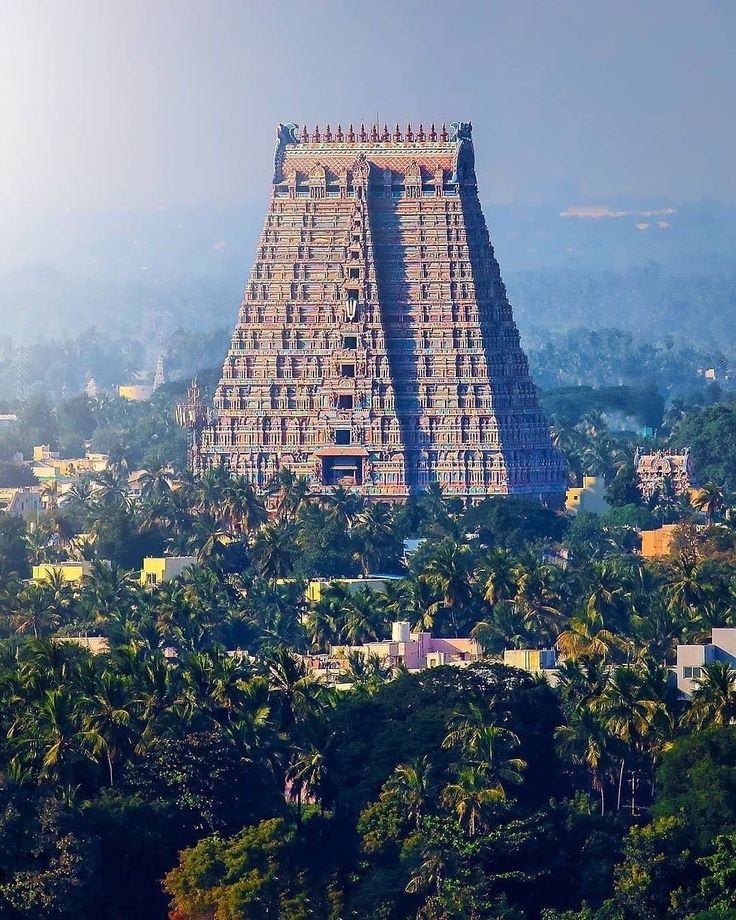Did you know?
The Leaning Tower of Pisa leans at 4 degrees, which is less in comparison to the 9 degree tilt of the Ratneshwar Mahadev Temple. Yet, this Leaning Temple of Varanasi has been lost in anonymity and not known in the world as widely as Leaning Tower of Pisa.
The Leaning Tower of Pisa leans at 4 degrees, which is less in comparison to the 9 degree tilt of the Ratneshwar Mahadev Temple. Yet, this Leaning Temple of Varanasi has been lost in anonymity and not known in the world as widely as Leaning Tower of Pisa.

Forget the world, it's not even known in India. This is called the Peak of Hypocrisy.
Ratneshwar temple near Manikarnika Ghat, is also called Kashi Karvat. It means a temple in Kashi, which leans ( karvat) to one side.
The story behind its tilted nature is quite interesting.
Ratneshwar temple near Manikarnika Ghat, is also called Kashi Karvat. It means a temple in Kashi, which leans ( karvat) to one side.
The story behind its tilted nature is quite interesting.

There is a legend surrounding the origin of this temple, which states that it was built by a certain servant of Raja Man Singh for his mother, named Ratna Bai. Once the temple was built, the man proudly declared that he had paid the debt to his mother. 

Much to his shock, as soon as these words escaped his lips, the temple started tilting backwards (north-west) to show that the debt to one’s mother can never be paid. The sanctum sanctorum of this shrine remains under Ganga water for most of the year.
Reportedly,Ratneshwar Mahadev Temple has a higher tilt than Italy’s famous Leaning Tower of Pisa built in1173. As the story behind the tilted nature of this Italian monument goes,the ground to its one side had started sinking under the weight of the stones after its construction. 

So,the Leaning Tower of Pisa was originally not leaning. It started to lean later when ground under it started sinking. Its basically a construction turned out to be a disaster which is glorified.
On the other hand,our Kashi Karvat Mandir is a real wonder which is not glorified.
On the other hand,our Kashi Karvat Mandir is a real wonder which is not glorified.

• • •
Missing some Tweet in this thread? You can try to
force a refresh


